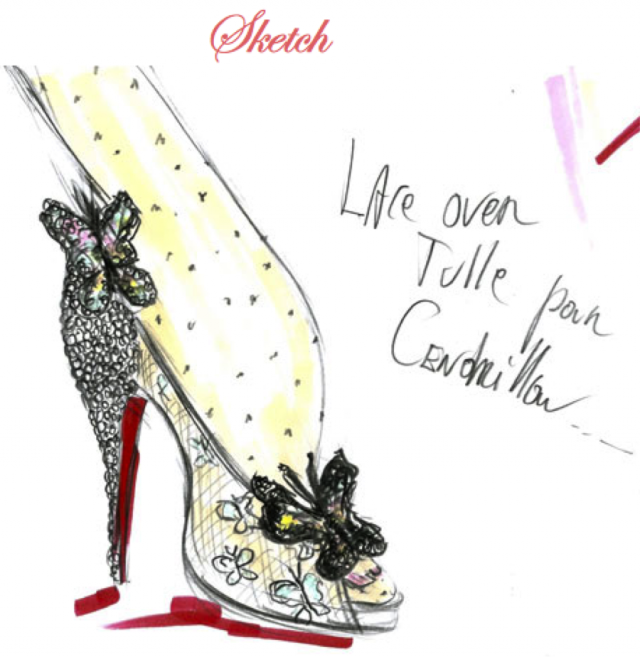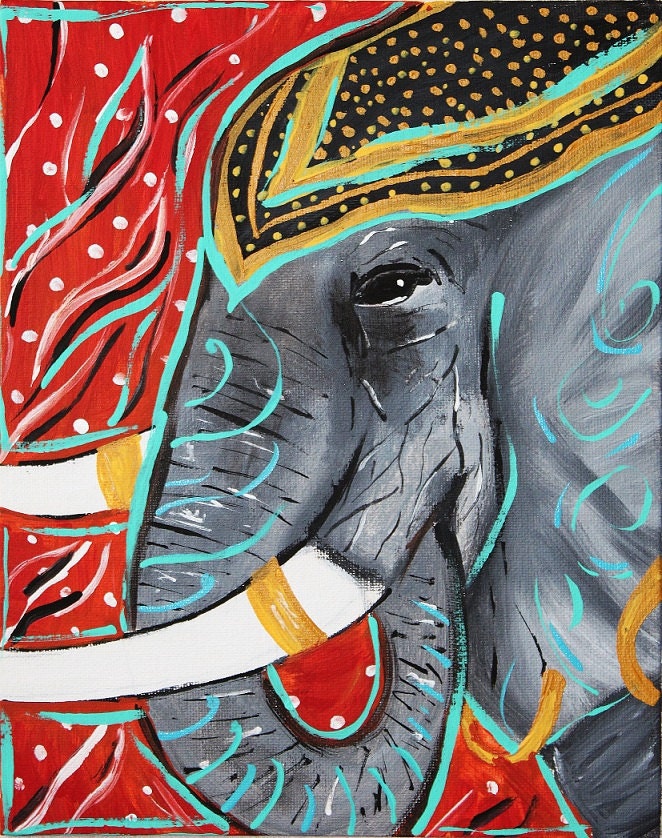once upon a time, there was a girl named Lana. She was a downtown New Yorker who lived in a a small and cramped two-bed, one bath apartment in pretty much the opposite of posh are of the lower East Side. She shared the pad with her step mother, a low paid front desk worker at a hospital, and her son, a abusive drug user, who was never confronted by his mother, even though she new exactly what he was up to. You see, Lana's dad had married this woman, and they had a good life as he made decent pay at his job. Two years after the marriage, he died of a heart attack, and her step mom spent all of his money on unneeded things, and they weren't able to pay the rent on their nice apartment, so they had to move to Lana's current residence. Her step mom wasn't very nice to her, and the brother was never around. Lana attended a posh private school on the Upper East Side on 5th & 67th. She was only able to attend it because she was on a full academic and athletic scholarship. Everyday she subway ed their, but would walk a little ways home so she could stop by her favorite vintage, designer boutique to talk to Marissa, one of her moms old friends who was the manger at the store. Before Lana's mom left her family, her and Marissa were best friends, and Lana would always visit the store with her mom and admire upon the racks and rows of vintage treasures.
One day a school, she overheard the popular rich girls talking about the next big soiree coming up, Saturday night to be exact, the masquerade ball. It was a very exclusive event held by Blair, the queen bee of the school, but there were ways you could get in, even if you didn't have a invitation. Lana new she wouldn't get an invitation, for she new all to well that she wasn't very popular and didn't have any friends. She was pretty though, she just didn't show it. Lana rushed to the boutique that afternoon to tell Marissa about the party. Marissa told Lana that she should stop by an hour before the party to Marissa could help her with her hair- little did Lana know she would help with more than that
The day of the party arrived, and Lana was trying to figure out what to wear to the ball as she browsed though her dresser. She settled upon a simple black dress, nothing special, and a pair of black flats. As she ran out the door, her stepmother told her she needed to be back by her midnight curfew, about the only rule she actually enforced. When she arrived at the boutique, she found that Marissa had stayed open late just so she surprise Lana by letting her choose any outfit from the store to were to the ball. She settled upon a vintage, of course, off the shoulder, pale pink lace mini dress, Ellie Saab, circa 1993, and a towering pair of gold, crystal encrusted Louboutins whose previous owner had never worn. She had her hair curled into voluminous waves, and her makeup dawn flawlessly-Marissa seemed to be and expert at it .Marissa added another surprise on top, and had rented a town car to take Lana to the ball. But just before she left, Marissa gave her a white mask to wear, for it was required for the ball.
Lana was able to get into the ball, and right as she walked through the door, all eyes were on her. No one knew who she was, but they wanted to. She danced the night away, and made sure not to mention her name. As she talked to one boy, she felt something special. His name was Eric, and he was one of the most popular guys in school. They talked for along time, and he forgot to ever ask her name. She looked down at the dainty gold watch she was wearing on her wrist, and realized it was 11:40 already!! She had to go or else she would not make her curfew and her stepmother would be mad, so she started to tell Eric she needed to go. He asked for her number, so she quickly wrote it down on a napkin and ran to the town car that would take her home.
That Monday at school, there was rumors going around that Eric had met this "mystery girl" and no one had no idea who they were, for they we rent on the guest list. Eric had come up with a plan the night before while he dreamed of the mystery girl in the bedroom of his penthouse that he would try to call the number in all of his classes to see if any phones rang. Three classed had gone by that day, no ringing phones. But in his history class , one he shared with Lana, he decided to give it one last shot and typed the digits. Lana's phone rang, and he looked surprised, for he had never even noticed that she was in his class before. They talked after the bell rang and she told him everything about that night. He was so surprised it was her, for no he had never noticed her at school before, yet he seemed to have fallen in love with her in one night.
They dated all throughout college and high school, and eventually got married. Lana never had to see her stempmom and brother anymore, and they lived happily ever after.



